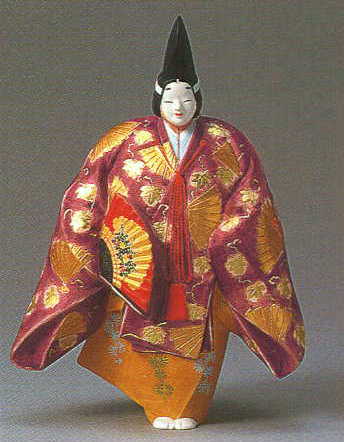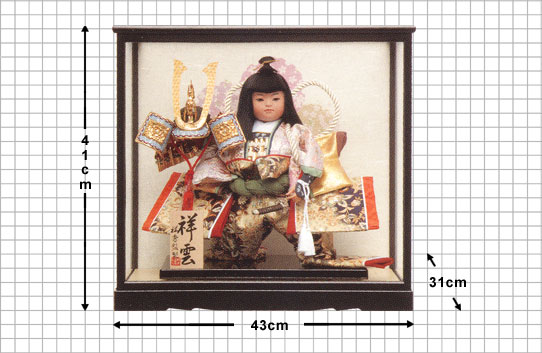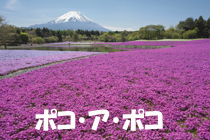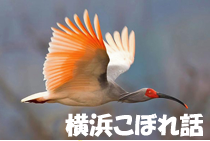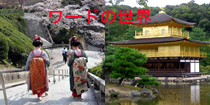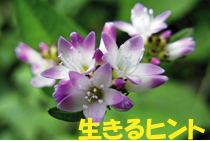Japanese Doll
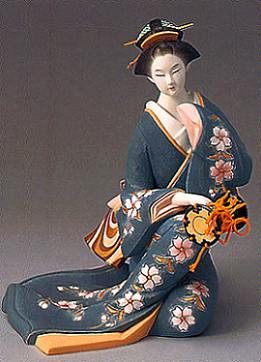
Pottery and Porcelain
When a samurai’s child was married at the Edo period, the clothes doll had a custom treated also as household goods of a wedding, and also had the important role of acting to a doll as a substitute of the calamity.
A clothes doll is manufactured by various clothes and a status and an occupation are divided from the figure.
If an example is given, there are a “dancing geisha”, “wisteria girl”, “town garl”, “samurai daughter”, “the princess”, etc.
From his being also a substitute of charm against misfortunes, the beautiful doll of a figure with a status high if possible is recommended as a wedding tool.
The time which set such a doll to one of the wedding tools continued till recent years, and was seen mostly till the middle of the 1980s.


